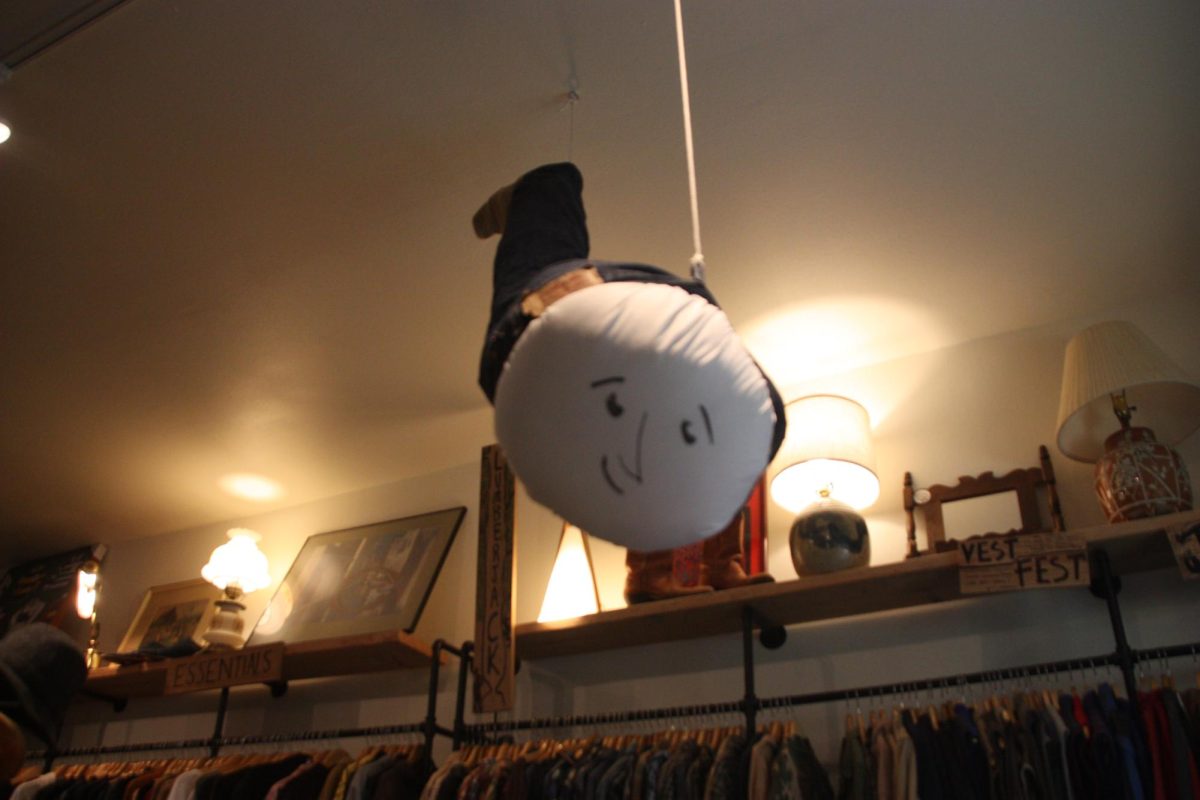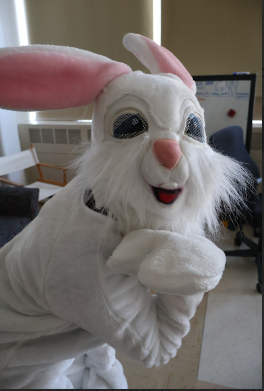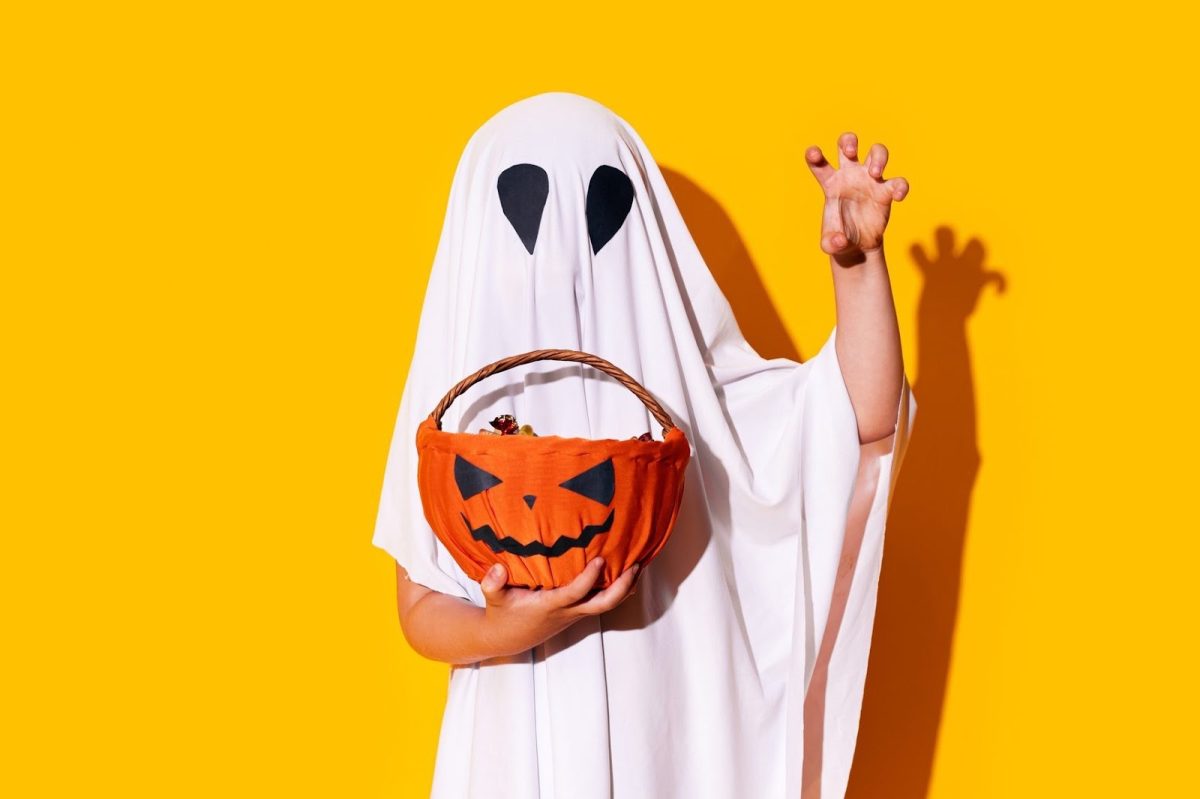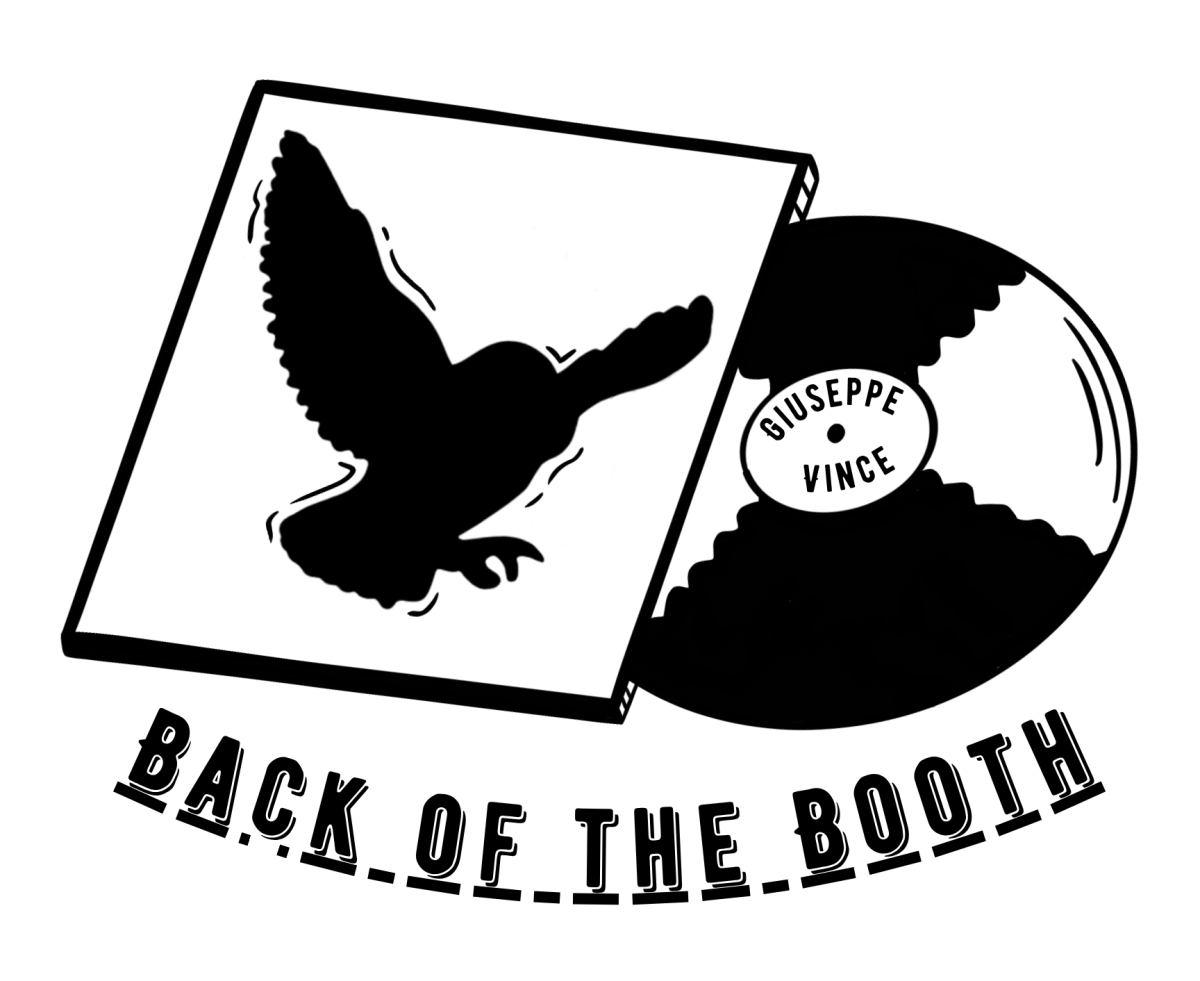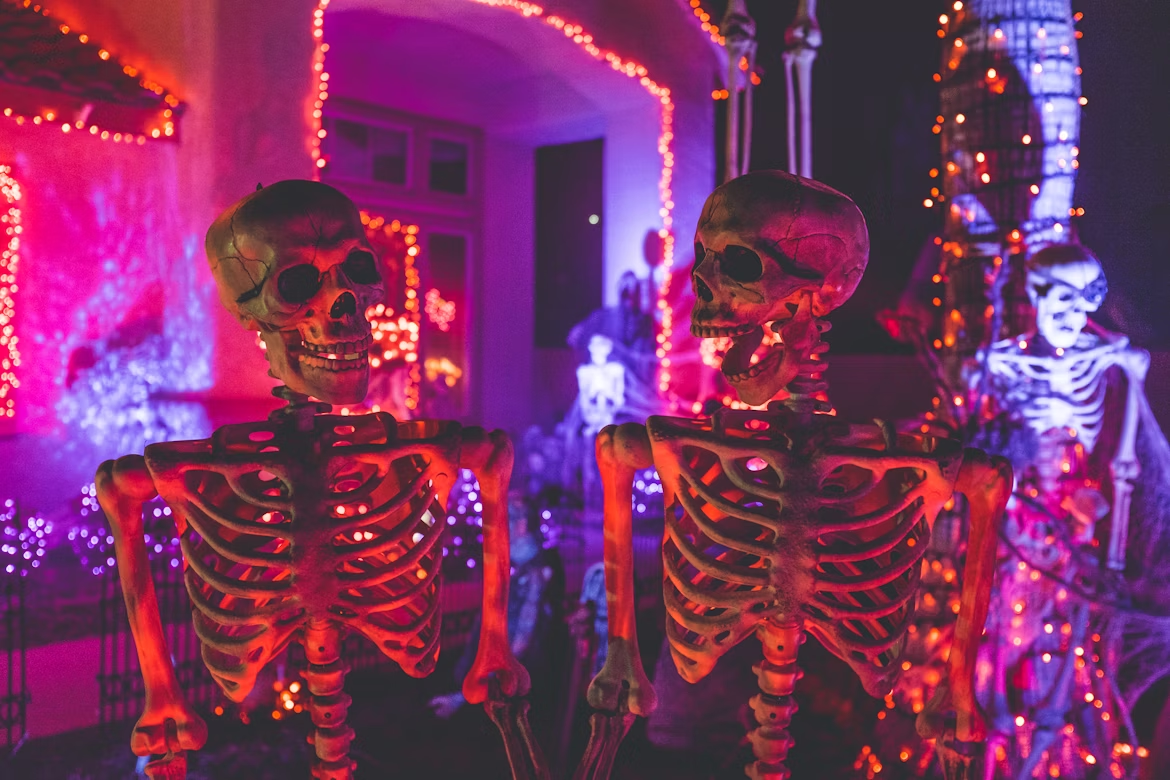Is Saturday Night Live as funny as it used to be? As a die-hard SNL fan, I can’t help but feel disappointed when I tune into the recent episodes, hosted by big name Hollywood powerhouses like Ariana Grande and Michael Keaton. There just seems to be a difference between the skits of old with Steve Martin and Kristen Wiig and the new-wave Gen Z-targeted content NBC is pushing out now.
Saturday Night Live is a uniquely messy and scrappy production. Six days to write, rehearse, rewrite, rehearse again, and perform two hours worth of primetime TV is incredibly difficult. Add a group of temperamental comedians and demanding guest hosts and the process is exceedingly hectic. The high-risk, high-reward format also helps to exacerbate an overall feeling of uneasy expectation for audiences. The great shows are great, and those that aren’t feel like watching a high school production of The Crucible.
But I can’t help but feel like in recent years, the ratio of good shows to bad ones isn’t what it used to be. I’ve been left wondering; when was the last time I heard a post-2017 SNL sketch quoted in conversation or spoken of at all? Personally, I think we got close with comedian Ayo Edibiri’s episode last season, whose hypnotized schoolboy impression merited a few rewatches, but that’s the only thing that leaps to mind.
“What I’ve noticed is when the writers have a good understanding of what they’re commenting on society, so that they can lampoon, they do a great job [of it] when they have a cast that can back it up.” says Mr. Petrocchi, one of our educators involved in IBW theater, who has a history with writing sketch comedy. “Sometimes their writing doesn’t match their cast or the cast doesn’t match their writing, so when those come together well it really takes off.”
One of the most recognizable shifts in recent NBC programming is that it’s become increasingly polarized. It’s no lie: there are partisan forces embedded in every political sketch, and it doesn’t take a trained eye to determine exactly what candidate stands to benefit from an uptick in viewership. Cast member James Austin Johnson’s portrayal of Trump, Bowen Yang’s JD Vance and George Santos compared to former cast member Maya Rudolph’s Kamala Harris, Jim Gaffigan’s Tim Walz and Dana Carvey or Mikey Day’s Joe Biden shows a clear good-guy/bad-guy mentality the writers convey. This season’s political sketches are chock-full of cheeky impressions, subtle (and not so subtle) digs at certain policies and politicians, and in the end, earnest appeals for audiences to vote, preferably blue.
In the midst of 2020’s tenuous election season, the Harvard Crimson published an op-ed about the late night giant’s handling of political commentary, specifically calling out SNL’s tendency to inflate and desecrate certain partisan figures.
The article states, “Allowing a small group of joke writers to decide who’s allowed in popular culture creates further divisions in a country that’s already pulling apart at the seams.” While ostracizing a conservative audience might not bring tears to Lorne Michaels’ eyes, it still speaks to the attractiveness of catering to a specific political view. When each joke is tailor-made for people similarly aligned with the views of the show’s writers and cast members, there is a reinforced bubble of safety. It presents an easy cop-out for struggling sketches. But it also means audiences find themselves solely consuming content from sources that support their beliefs, and stop interacting with the creative teams that harbor opposing views. It contributes to an increasingly polarized media landscape, and it makes TV boring. The real world is composed of constantly battling viewpoints, and when that discourse is excluded from popular fiction, we don’t move forward.
You’ll find a strong political bias behind the creative teams for almost every movie, show, broadcast, and form of media. Saturday Night Live, although always a liberal publication, hasn’t so much drifted away from equal mockery of political parties until recently, when the palpable shift occurred.
In a podcast interview with Glenn Beck, former SNL member Rob Schneider described the visible political preference of Saturday Night Live of Hilary Clinton in 2016 as the day the show was “over.” The week after Clinton officially lost the election, Kate McKinnon walked out onstage during the cold open and performed Jeff Buckley’s “Hallelujah” at a grand piano, serenading an audience of wounded viewers.
“I literally prayed. ‘Please have a joke at the end… Don’t do this. Please don’t go down there.’ And there was no joke at the end, and I went, ‘It’s over. It’s over. It’s not gonna come back,’” Schneider says.
SNL has a long history of political and social controversy. In 1992, Sinead O’Connor tore up a picture of the pope onstage. Comedian Andre Dice Clay’s jokes about women caused both cast member Nora Dunn and would-be musical guest Sinead O’Connor to boycott the episode. In an attempt to send a pointed message to the conservative host Steve Forbes, musical guest Rage Against The Machine tried to hang two upside-down American flags onstage, prompting the show to ask them to leave after their first song. Weekend Update anchor Norm MacDonald was fired after only five years on the show for his continual use of O.J. Simpson as the butt of his jokes. The longtime friendship between Simpson and NBC executive Don Ohlmeye played no small part in that particular controversy, I’m sure.
Comedy is supposed to break boundaries, but one of the pillars of the principle is benign violation. Benign violation is the concept that taking predetermined rules of society, science, any concrete entity, and bending them in different ways is funny. The benign part is key, as the more subtle the violation, the more palatable and universal the situation. This fundamental rule works only when the limitations of benign are obeyed. The more risque, the higher the chance of hurting others in the process, and I don’t believe that has a place in comedy.
So what are we doing moving forward? Petrocchi has a few ideas of what he would do if he were in Lorne Michaels’ position with the power to change Saturday Night Live.
“I would get new blood at the news desk… I would love to see another woman at the anchor, and maybe be the sole anchor,” he says. “I think Poehler and Fallon had a great energy when they were doing it together; I think that it’s missing that fun energy because it’s just two guys doing their little bit and then waiting for the guests [almost like they’re] filling time, so it’s not the event… that it used to be.”
There is a particular draw to seeing new talent up there onstage. This season, SNL lost three cast members: Chloe Troast, Molly Kearney, and Punkie Johnson. They also gained three: Emily Wickline, Emil Wakim, and Ashley Padilla. However, some members like Keenan Thompson, Mikey Day, Heidi Gardner, Chloe Fineman and Colin Jost have been with the show for much longer than the cast usually stays. SNL is mainly a stepping stone to bigger things for many actors like Will Ferrell, Jimmy Fallon, Tina Fey and Amy Poehler. You don’t often see actors lingering for five plus seasons. Maybe this “fresh blood” concept needs a little more volume to be successful.
Late night comedy is an American staple, and we’ve seen it fluctuate in popularity over the years. Is it here to stay? Or will it soon go the way of the multi-camera sitcom, another facet of comedy culture popular during the hay days of SNL that’s since more or less completely disappeared from the mainstream. Either way, I have no doubt that SNL will keep at it, successful or not. If there’s anything we’ve learned about Saturday Night Live’s journey, it’s that sometimes risks are worth it for the payoff. But I’ll need to see more to be convinced.



